ECG Blog #443 — A 40s Man with CP and Dyspnea
Ken Grauer, MD
AUGUST 16, 2024
See ECG Blog #435 — ECG Blog #313 — as well as My Comment at the bottom of the page in the June 17, 2024 post in Dr. Smith's ECG Blog ). PEARL # 2: In the absence of associated heart failure ( cardiogenic shock ) — sinus tachycardia is not a common finding in acute MI. Acute PE remains one of the most commonly overlooked diagnoses.

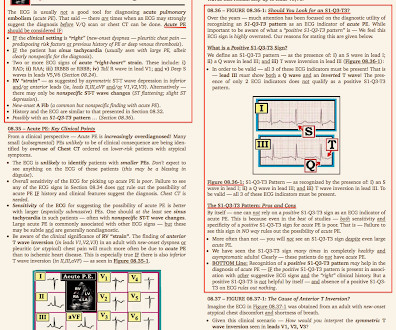



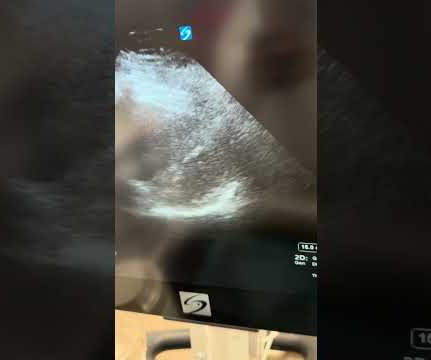
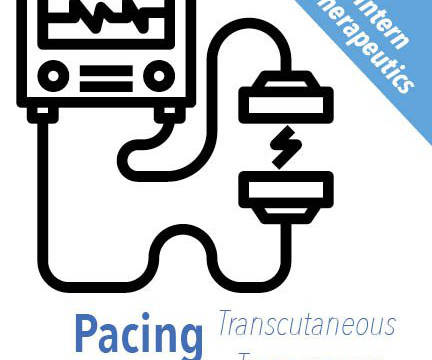









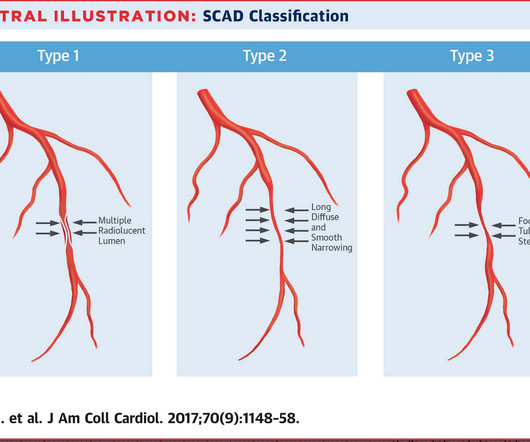


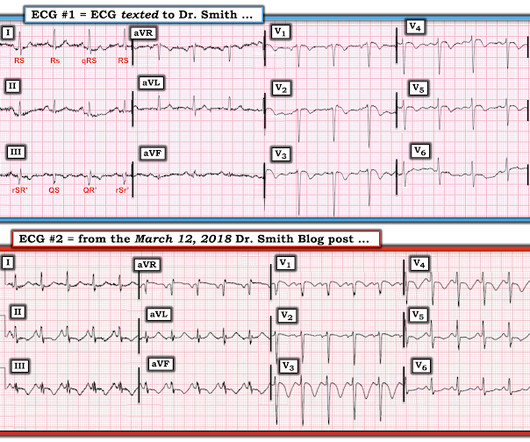




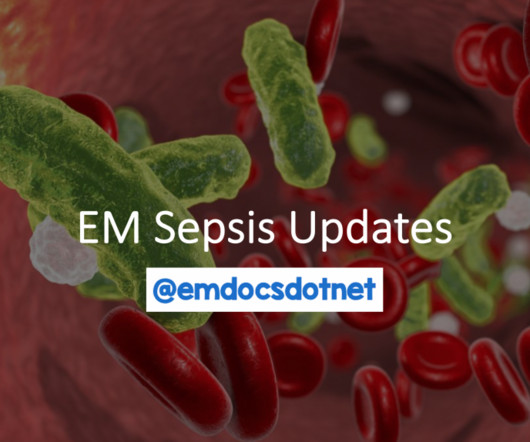









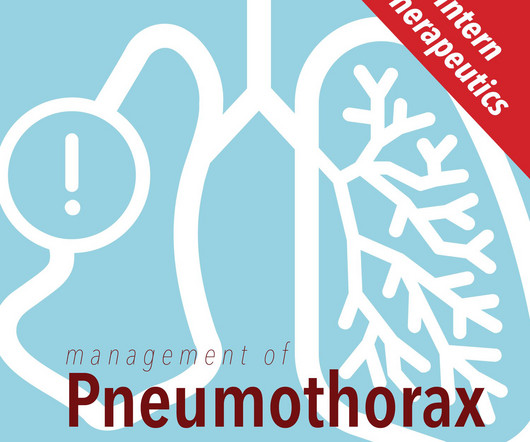


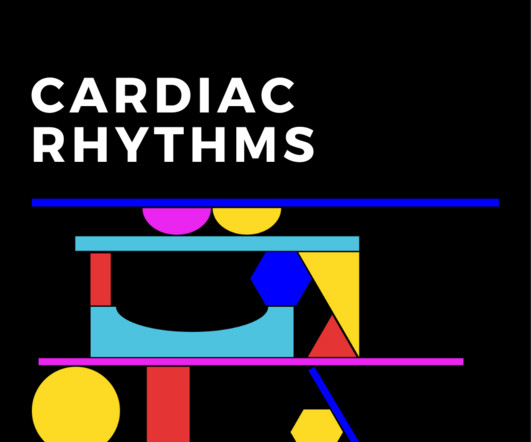

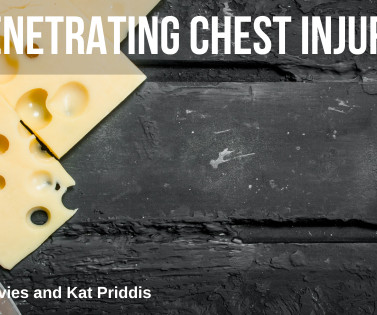











Let's personalize your content